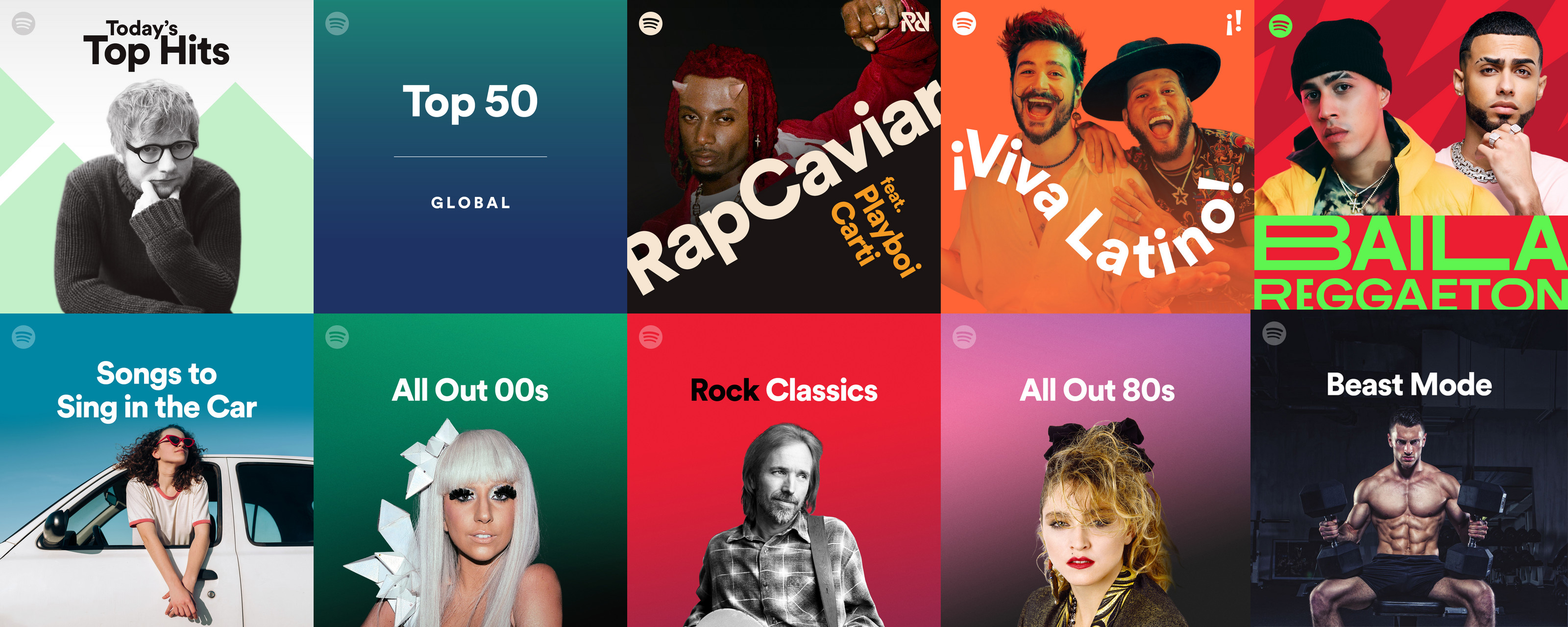

It’s a numbers game, and it takes a long time.īasically, the tools listed below help you to do the first two steps in the process I just walked through: 1) Find relevant playlists for your music, and 2) find contact information for the curators of those playlists.Įach tool works slightly differently, but in general, the premise is this: You input some kind of search criteria, and the tool gives you a list of playlists / curators that match.

In other words, you’ve got to pitch 100 playlists to hopefully get your song placed on five of them. And you’ve got to do all of this in a world where the average response rate on a pitch is, at most, 5-10%.

You’ve got to find playlists that are a good fit for your music, then you’ve got to find the contact info of the curators for those playlists, then you’ve got to reach out to those curators asking them to include your music in their list. No, playlist pitching isn’t a scam, and yes, it definitely can work. If you’re reading this, here’s the takeaway you probably care about, put simply: But I’m of the opinion, based on personal experience, that while both methods have pros and cons, they ultimately both work (and, actually, I think they work best when run in tandem). A lot of music marketers heavily favor one of these methods and deride the other. Get on a good playlist, and you’ll see an ego-boosting spike in streams (albeit probably with lower engagement rates). Run good ads, and you’ll see highly engaged streams (albeit at a fairly high cost). If you’re an artist looking to get more streams on Spotify, you’ve probably realized that there are two basic promo tactics you can try: 1) running ads to your songs and 2) pitching your songs to Spotify playlists.īoth tactics put your music in front of new ears. The idea behind tools to help you find Spotify playlist curators Want to know which tool is right for you? Keep reading. These seven tools make it a heck of a lot easier:


 0 kommentar(er)
0 kommentar(er)
